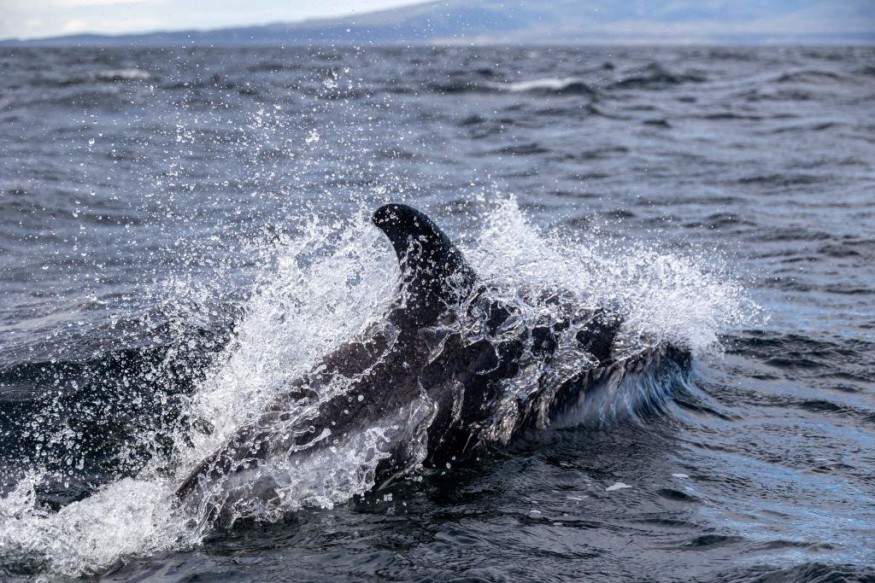
A recent study bared that whales and dolphins found in the waters off United Kingdom contained toxic chemicals that are prohibited.
Marine experts said that among the orcas stranded in the UK, the levels of PCBs, or the group of highly dangerous and persistent chemicals that do not degrade easily, were 30 times the concentration at which the animals would begin to suffer adverse health effects.
Marine Mammals Exposure To Chemicals
The study noted that despite restrictions and bans on several persistent organic pollutants (POPs) in Europe, almost four decades ago, many marine mammals have remained exposed to a widespread, persistent and toxic chemical threat from POPs.
Experts noted that although pollutant concentrations are declining, POPs are still present at concentrations that are likely to significantly impact marine mammal health and there is considerable variation in concentrations and rates of decline across species, pollutant classes, and regions.
Meanwhile, they noted that by monitoring sentinel species to assess the impacts of past and current elimination and mitigation actions, they have demonstrated that further efforts are required to protect marine mammals in the region.
''It is vital that governments do not lose sight of this issue, amid the context of other global pressures such as, climate change, impacts from fisheries and plastic pollution, as these threats can interact with POPs and increase environmental concentrations,'' the study indicated.
Researchers noted that despite the decline in mean total POP concentrations in marine mammals over the last three decades, concentrations in a substantial proportion of individuals are still above toxicity thresholds, particularly in species feeding at higher trophic levels that stranded along more industrialized coastlines.
The finding of the study is consistent with other studies that have found higher levels of contaminants are positively correlated with trophic level.
Pollutant concentrations are dependent on a number of factors (e.g., bioavailability, habitat, food web structure and feeding ecology, which can affect spatial patterns.
The study also revealed temporal shifts in the spatial distribution of pollutants.
Experts noted that the dispersal of legacy pollutants over time has been well documented and is thought to be driven either by concentration gradients or by latitudinal temperature gradients, from warmer to cooler areas.
The findings have suggested that the dominant dispersal mechanism may vary across pollutant classes.
According to researchers, the dispersal of PCBs over time showed a greater latitudinal gradient (which may be driven by environmental variables (e.g., atmospheric currents or temperature) and concentration gradients) while the dispersal of other pollutants appeared to correlate with longitude, which is more likely to be primarily driven by concentration gradients.
Read Also : Over 100 Wildlife Species Face Dwindling Population Due to Toxic Flame Retardant Pollution
Distribution Of Pollutants
They said it is important to consider that the spatial distribution of pollutant concentrations can also vary according to animal movement and carcass drift, causing animals to accrue pollutants in a location different from where they strand.
Experts pointed out that it is likely that several individuals will have foraged in waters at large distances from their stranding location and so pollutant levels are likely to be reflective of the wider regions.
They expected that the results are representative of marine mammals that inhabit the seas surrounding Great Britain; however, there may be local variations.
For example, there are large numbers of common dolphins in the southwest of the UK; but, they are a wide ranging and fast-moving species and little is known about the movement of individual pods.
Due to this, spatial trends should be interpreted with caution.
Similarly, killer whales in the UK are most commonly found in Scottish waters but have been spotted as far south as Cornwall with relatively short time periods between sightings.
Related Article : Lulu, the World's Most Contaminated Animal: Post-Mortem Reveals High Concentration of Toxic PCB in Famed Orca
© 2025 NatureWorldNews.com All rights reserved. Do not reproduce without permission.





